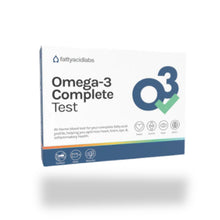Här har vi samlat svar på de vanligaste frågorna om allt från prenumeration och leverans till betalning, returer och produktinformation. Börja gärna med att söka eller bläddra i kategorierna nedan för att snabbt hitta det du undrar över.
Resultat du kan känna.
Labbetest du kan se
På ArcticMed värdesätter vi fullständig transparens och högsta kvalitet. Våra produkter är certifierade och testade enligt strikta standarder för att garantera renhet och effektivitet. Alla certifikat och testresultat är öppet tillgängliga så att du själv kan verifiera innehåll och kvalitet.
Visa testresultat & våra Certifikat






